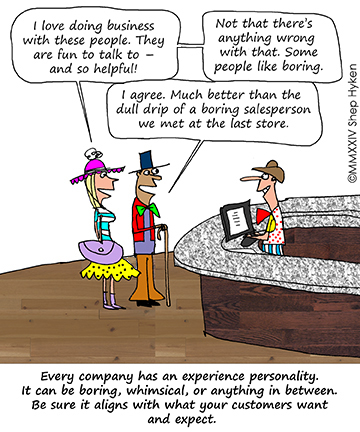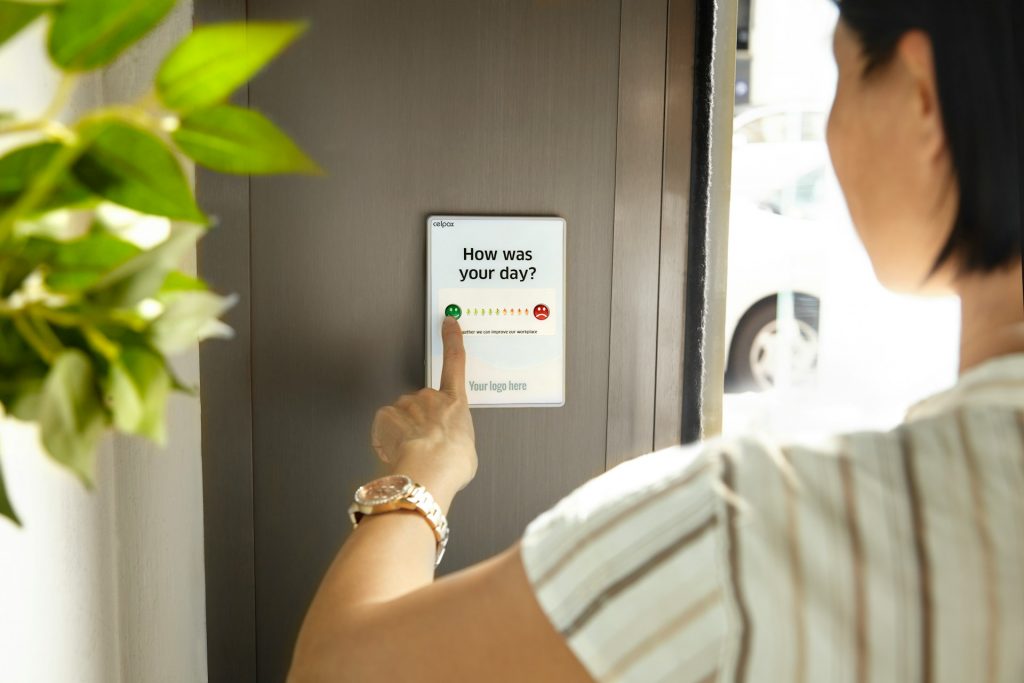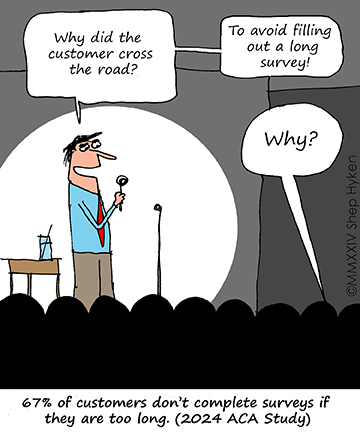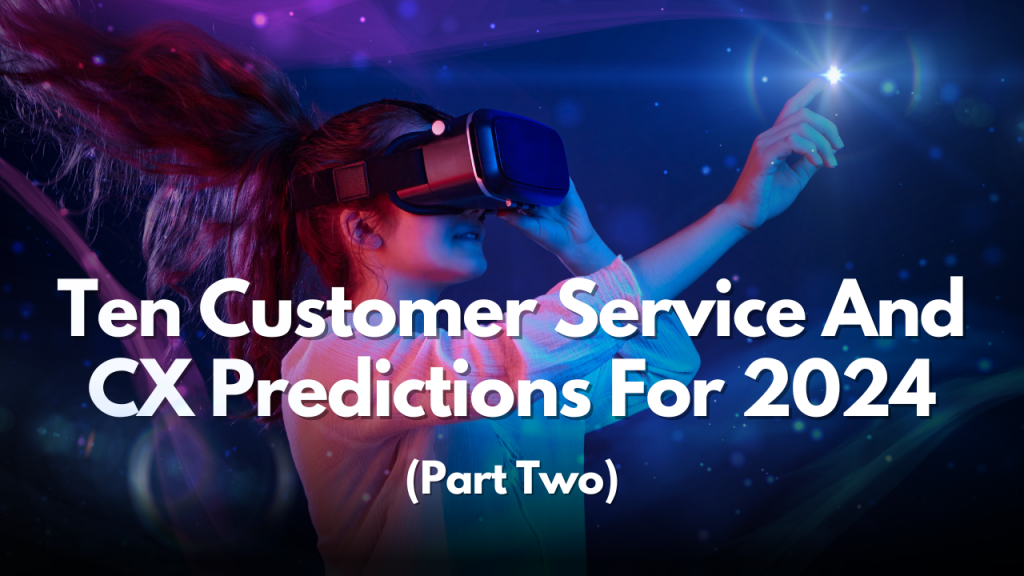
GUEST POST from Robyn Bolton
It’s easy to get caught up in the hunt for unique insights that will transform your business, conquer your competition, and put you on an ever-accelerating path to growth. But sometimes, the most valuable insights can come from listening to customers in their natural environment. That’s precisely what happened when I eavesdropped on a conversation at a local pizza joint. What I learned could be worth millions to your business.
A guy walked into a pizza place.
Last Wednesday, I met a friend for lunch. As usual, I was unreasonably early to the local wood-fired pizza joint, so I settled into my chair, content to spend time engaged in one of my favorite activities – watching people and eavesdropping on their conversations.
Although the restaurant is on the main street of one of the wealthier Boston suburbs, it draws an eclectic crowd, so I was surprised when a rather burly man in a paint-stained hoodie flung open the front door. As he stomped to the take-out order window, dust fell from his shoes, and you could hear the clanging of tools in his tool belt. He placed his order and thumped down at the table next to me.
A Multi-Million Dollar Chat
He pulled out his cell phone and made a call. “Hey, yeah, I’m at the pizza place, and they need your help. Yeah, they hate their current system, but they don’t have the time to figure out a new one or how to convert. Yeah, ok, I’ll get his number. Ok if I give him yours. Great. Thanks.”
A few minutes later, his order was ready, and the manager walked over with his pizza.
Hoodie-guy: “Hey, do you have a card?”
Manager: “No, I don’t. Something I can help you with?”
H: “I just called a friend of mine. He runs an IT shop, and I told him you’re using the RST restaurant management system, and you hate it…”
M: “I hate it so much…”
H: “So my buddy’s business can help you change it. He’s helped other restaurants convert away from RST, and he’d love to talk to you or the owner.”
M: “I’m one of the co-owners, and I’d love to stop using RST, but we use it for everything – our website, online ordering, managing our books, everything. I can’t risk changing.”
H: “That’s the thing, my friend does it all for you. He’ll help you pick the new system, set it up, migrate you from the other system, and ensure everything runs smoothly. You have nothing to worry about.”
M: “That would be amazing. Here’s my direct line. Have him give me a call. And if he’s good, I can guarantee you that every other restaurant on this street will change, too. We all use RST, and we all hate it. We even talked about working together to find something better, but no one had time to figure everything out.”
They exchanged numbers, and the hoodie guy walked out with his pizza. The manager/owner walked back to the open kitchen, told his staff about the conversation, and they cheered. Cheered!
Are You Listening?
In just a few minutes of eavesdropping, I uncovered a potential goldmine for a B2B business – 15 frustrated customers, all desperate to switch from a system they hate but unable to do so due to time and resource constraints. The implications are staggering – an entire local market worth tens of millions of dollars ripe for the taking simply by being willing to listen and offer a solution.
As a B2B leader, the question is: are you truly tapping into the insights right in front of you? When was the last time you left your desk, observed your customers in their natural habitat, and listened to their unvarnished feedback? If you’re not doing that, you’re missing out on opportunities that could transform your business.
The choice is yours. Will you stay in your office and rely on well-worn tools, or venture into the wild and listen to your customers? Your answer could be worth millions.
Image credit: Pixabay
![]() Sign up here to join 17,000+ leaders getting Human-Centered Change & Innovation Weekly delivered to their inbox every week.
Sign up here to join 17,000+ leaders getting Human-Centered Change & Innovation Weekly delivered to their inbox every week.










